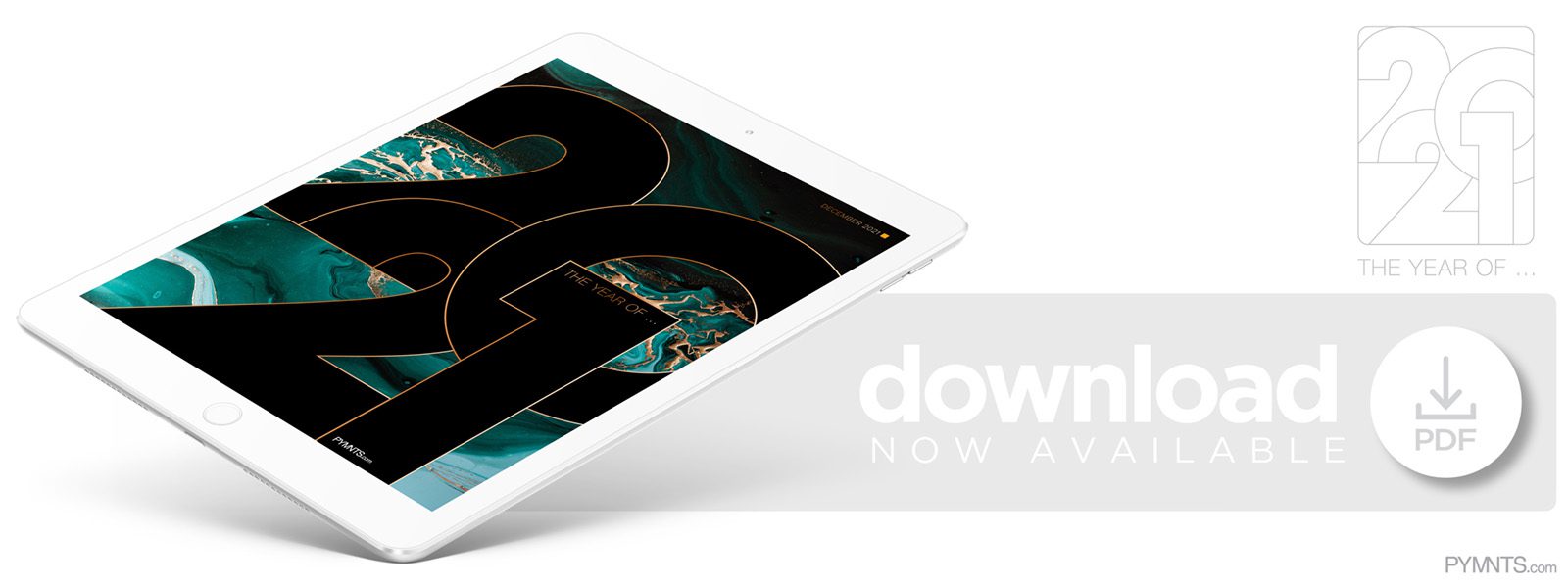Technologi: 2021 Was the Year of Access

The pandemic rewrote the book on the payments industry, says Carl Churchill, managing director at Technologi. To get to the next page, providers need to empower merchants to serve customers by giving them access to the tools they need to succeed. Read his thoughts in the PYMNTS eBook, “In a Word: 50 Thought Leaders Sum Up 2021.”
In the payments industry, the concept of “access” has become more relevant in 2021 than perhaps any other year — access to new innovation for merchants and access to alternative payment methods, making it easier and more flexible for consumers to buy and pay for products and services. Improved access has been the difference between surviving and even thriving during 2021 — or becoming another unfortunate statistic. The pandemic has not just created a new chapter in the payments industry, but it has rewritten the entire book — and we are nowhere near the end of the change it will have and the impact it will make.
Access to New Innovation for Merchants
Before we can even think of innovation in terms of the services payment providers offer to their merchant customers, we must first acknowledge the change that payment providers have made to provide access to the service itself. With changing restrictions, a focus on employee safety and resistance from customers, the appetite for face-to-face sales activity has all but fallen away.
With distributed teams and work-from-home orders, the ability to engage a team for manual application processing has also been a challenge. Automated merchant boarding journeys using digital application processes has very quickly become mainstay, and an essential tool for payment providers to succeed in 2021 and beyond. This isn’t just a nice-to-have — even the largest and most traditional payments businesses have had to behave more like FinTechs looking at their boarding journey, their approach to AML and their credit risk appetite to win and grow new business.
An enhancement to the proposition offered to merchants has also become necessary. Brick-and-mortar retailers have quickly established an online presence — or at the very least enhanced their presence to bridge the gap and shift in trade. In hospitality, there has been a huge switch from in-person dining and collections to a demand for delivery, and a focus from those merchants to combat the increasing fees of the delivery providers. Payments form an intrinsic part of this switch, so during 2021, suppliers have either had to lead from the front or risk churn to more equipped competitors.
Access to More Convenient, More Flexible Payment Methods and Opportunities
This improvement to access is much more than just card types or wallets — it’s the way they are embedded within the product and, ultimately, the merchant experience. This significant shift in 2021 has given rise to growing levels of buy now, pay later (BNPL) transactions. Although we have yet to see any payments business make this model profitable, the demand is certainly increasing.
As consumer purchases continue to shift online, accelerated by the pandemic, we are seeing growing demand for convenience. Apple Pay is winning with iPhone users, as it turns browsers into customers within seconds — there is wallet growth with the other players, but ultimately speed and convenience win every time. There is much more focus this year on “global but local” services, amid companies that trade globally but accept payments in the most popular local payment methods across the countries where they do business.
In 2021, the payments businesses with basic card-only offerings started losing ground. 2021 is the start of the access “snowball” rolling down the hill — it will continue to gather momentum in 2022 as demand evolves, and it is important for the industry to stay on its toes and respond to and embrace the change.

